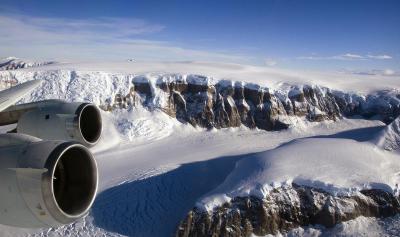

The International Space Station Program supports the laboratory to help astronauts take pictures of Earth that will be of value to scientists and the public, and to make those images freely available on the Internet. At the time of the greatest ice extent, yearly average temperatures over northern North America were several degrees lower than today.Īstronaut photograph ISS010-E-9366 was acquired December 4, 2004, with a Kodak 760C digital camera with a 50-mm lens, and is provided by the ISS Crew Earth Observations experiment and the Image Science & Analysis Group, at NASA’s Johnson Space Center. Despite its reputation for long winters, the region is balmy compared with the glacial climate present when the landscape was carved. These three cities enjoy large seasonal snowpacks, thanks to the influence of the Great Lakes producing lake-effect snowstorms.


So far, the city has spent about 195,000 in snow and ice removal money. This snapshot of the glacier was taken on January 11, 2000. It moves towards the sea at a rate of about half a mile (0.8 kilometers) per year. The cities of Rochester, Syracuse, and Ithaca are included in this field-of-view, taken from the International Space Station. Attleboro’s snow budget is set at 97,500 a year and it has been set at this number for quite some time. Byrd Glacier, Antarctica, is a 15-mile- (24-kilometer-) wide, 100-mile- (161-kilometer-) long ice stream that plunges through a deep valley in the Transatlantic Mountains and into the Ross Ice Shelf. The two largest lakes, Seneca and Cayuga, are so deep that the base of their lakebeds are below sea level. River valleys were scoured into deep troughs many are now filled with lakes. The Long Decline of Arctic Sea Ice 1979 - 2019 JPEG Throughout 2020, the Arctic Ocean and surrounding seas endured several notable weather and climate events. The steep, roughly parallel valleys and hills of the Finger Lakes region were shaped by advancing and retreating ice sheets that were as much as 2 miles deep during the last ice age (2 million years to about 10,000 years ago). Shapes of the snow-covered hills are accented by the low Sun angles, and contrast with the darker, finger-shaped lakes filling the region’s valleys. A late fall snowstorm frosted the hills of the Finger Lakes region of central New York in early December.


 0 kommentar(er)
0 kommentar(er)
